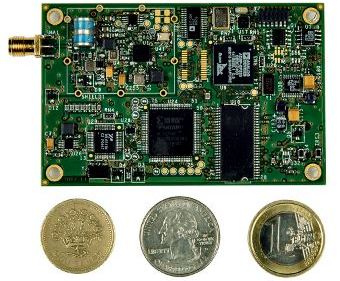Accord Technology’s new NexNav mini GPS WAAS class Beta-1 has gained approval from the FAA, as it has met all the requirements specified in the Advisory Circular 20-165.
The FAA had brought in the AC 20-165 for ADS-B, incorporating standards which were not fulfilled by even the most advanced GPS sensor TSO and now Accord gets the honor of complying with this standard.
 Accord-17465-NN mini CCA 3 coins resized
Accord-17465-NN mini CCA 3 coins resized
According to Hal Adams, who is the Chief Operating Officer at Accord, they were able to achieve this just by including very minor changes in the software of the NexNav mini. They were now eagerly ready and waiting to go ahead with their AC 20-65 approved GPS sensor.
In the year 2010, TSO-C145c had been awarded for Accord’s NexNav mini. This technology has exceptional worldwide compatibility with EGNOS in Europe, GAGAN in India and MTSAT in Japan that are Satellite Based Augmentation System (SBAS) Solutions and has a compact size as small as a credit card.
The core of the NexNav mini is a low power tiny circuit card assembly (CCA) GPS SBAS receiver, which conforms to FAA TSO-C145c and the FAA ADS-B AC 20-165 standards. This unit is hosted either in ARINC interfaces or for standalone applications in the NexNav mini line replaceable unit (LRU). This sensor is the only solution available for avionics OEM applications in the market. It would be used in many key applications such as inertial aiding, Automatic Dependent Surveillance- Broadcast (ADS-B), Advanced ATM, current and Advanced TAWS to name a few.